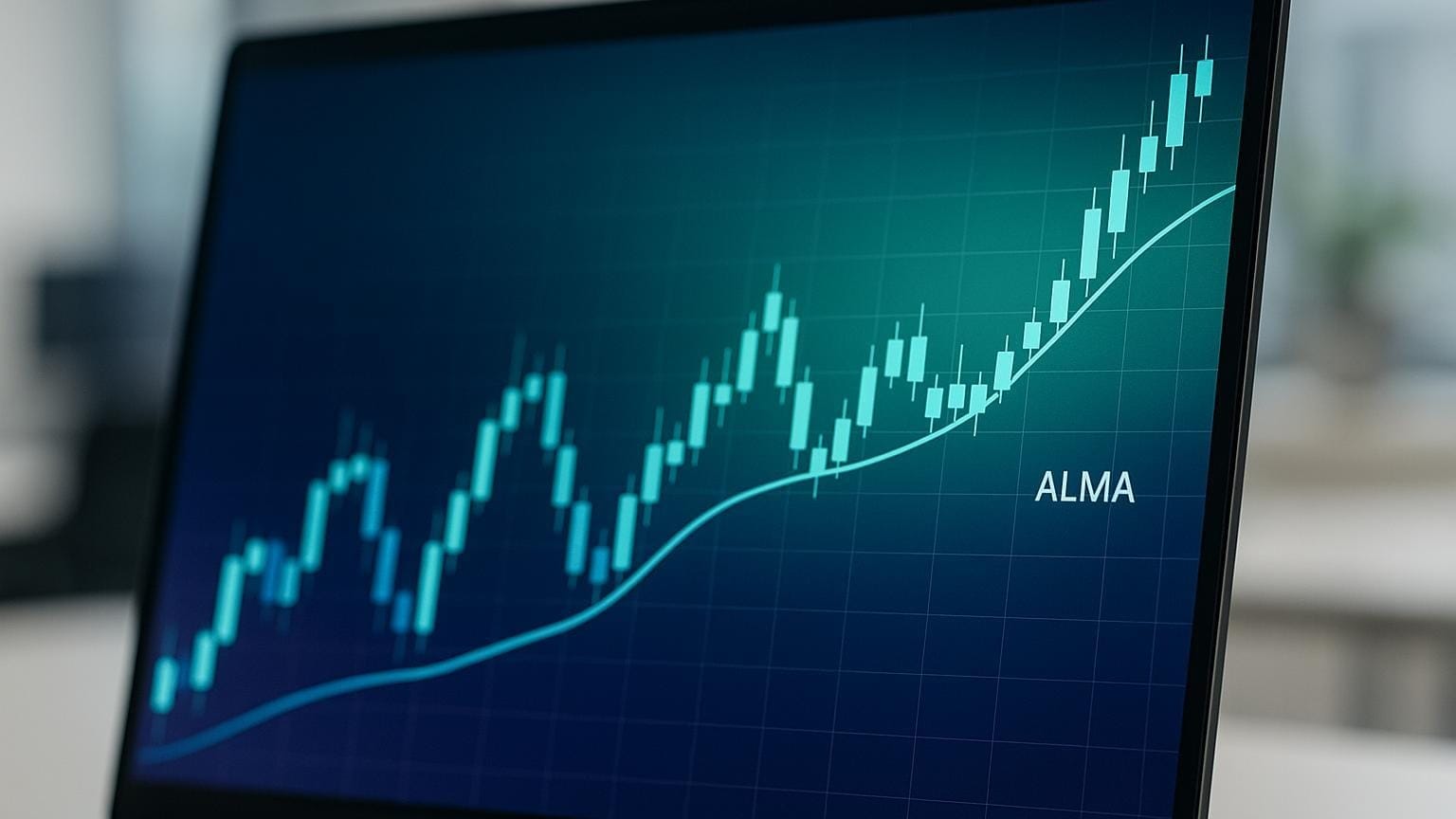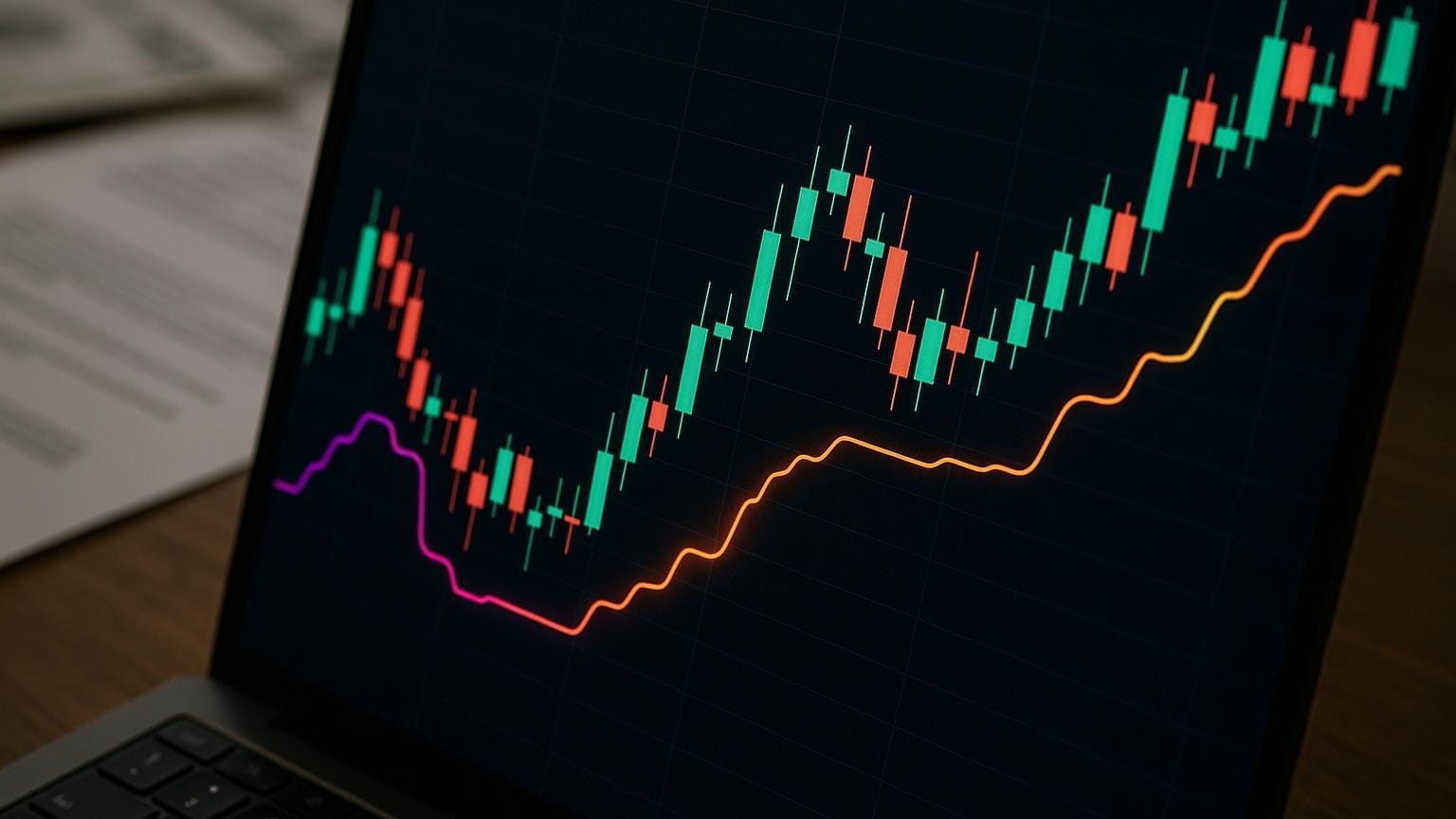Explore essential TradingView indicators for identifying liquidity zones, crucial for effective trading strategies across various markets.
Liquidity zones are critical for traders, because they mark areas of high buying or selling activity that often align with support and resistance levels. In this article, we explore five advanced liquidity indicators available in the LuxAlgo Library that help traders pinpoint these zones by combining refined price‑action and volume dynamics. These indicators cater to a range of trading styles, from identifying subtle order imbalances to mapping significant liquidity clusters. They run natively on TradingView and integrate seamlessly with LuxAlgo’s Price Action Concepts and Signals & Overlays toolkits for greater context.
1. Buyside & Sellside Liquidity

The Buyside & Sellside Liquidity indicator visually distinguishes areas dominated by buy orders from those dominated by sell orders. By clearly delineating these zones, it helps traders identify potential support and resistance regions driven by concentrated liquidity. Dynamic color coding highlights shifts in market sentiment, making it easier to spot where institutional order clusters may lie. This indicator becomes even more effective when paired with the Range Detector, which automatically highlights consolidation ranges surrounding these zones.
- Key Features:
- Distinct visualization of buyside (support) and sellside (resistance) zones.
- Highlights clusters of orders that may trigger reversals or breakouts.
- Integrates seamlessly with price‑action analysis for confirming trade setups.
2. Liquidity Sweeps

The Liquidity Sweeps indicator is designed to detect rapid movements through liquidity zones, commonly called liquidity sweeps. By marking these swift transitions, it helps traders spot areas where stop‑loss orders or clustered resting orders have been quickly absorbed. This early‑warning system can signal potential reversals or breakout opportunities. Enhanced with real‑time alerts, Liquidity Sweeps offers a dynamic glimpse into market activity, which is especially helpful during volatile periods. Traders who prefer a fully automated scan across multiple tickers can use the accompanying PAC Screener to surface sweep events across the watchlist.
- Key Features:
- Identifies rapid liquidity‑absorption events.
- Highlights potential stop‑loss clusters and areas of order exhaustion.
- Provides real‑time alerts for dynamic market shifts.
3. Pure Price Action Liquidity Sweeps

Concentrating exclusively on price behaviour, Pure Price Action Liquidity Sweeps isolates liquidity events derived solely from price movements. By filtering out volume noise, it gives traders a cleaner view of sweeps, especially in markets where volume data can be erratic. Pairing this indicator with The Strat helps confirm whether sweeps align with multi‑time‑frame breakout setups.
- Key Features:
- Emphasises liquidity events driven purely by price dynamics.
- Delivers an uncluttered visualization for clear analysis.
- Complements other technical methods for confirming liquidity zones.
4. Liquidity Pools

The Liquidity Pools indicator maps areas on the chart where liquidity accumulates, revealing clusters of orders that often act as significant support or resistance. Its clustering algorithm assists in spotting where large institutional positions may be built or defended. For traders focused on order‑flow, Liquidity Pools can be combined with LuxAlgo’s Range Detector to visualise consolidation around these clusters.
- Key Features:
- Visually identifies regions of high order concentration.
- Highlights potential reversal or breakout zones.
- Works well alongside other technical‑analysis methods to validate setups.
5. Liquidity Levels / Voids (VP)

Liquidity Levels / Voids (VP) provides a detailed mapping of liquidity distributions by highlighting both areas of concentration and voids where liquidity is scarce. These insights allow traders to identify key market levels and potential price targets, because gaps in liquidity can foreshadow rapid price movement. When used with LuxAlgo’s AI Backtesting Assistant, traders can test whether targeting these levels historically improves entry timing.
- Key Features:
- Maps zones of high liquidity alongside areas of scarcity.
- Helps pinpoint key support and resistance levels.
- Correlates liquidity gaps with price behaviour to anticipate momentum shifts.
Final Thoughts
Choosing the right liquidity indicator depends on your trading approach and the prevailing market conditions. The five indicators discussed above from the LuxAlgo Library offer a spectrum of techniques, ranging from distinguishing order imbalances with Buyside & Sellside Liquidity to detecting rapid absorption with Liquidity Sweeps. When combined with traditional technical analysis and LuxAlgo’s backtesting and strategy‑generation workflow, these indicators deliver a comprehensive view of market liquidity, helping traders refine entries and exits.
LuxAlgo provides a flexible pricing structure, with a free plan granting lifetime access to hundreds of Library indicators and premium tiers unlocking toolkits, screeners, and automatic strategy creation. This breadth ensures that beginners and experienced traders alike have continuous access to advanced, real‑time data on TradingView.
FAQs
Is there a liquidity indicator on TradingView?
Yes, TradingView hosts a wide range of advanced liquidity indicators. All the indicators listed above—Buyside & Sellside Liquidity, Liquidity Sweeps, Pure Price Action Liquidity Sweeps, Liquidity Pools, and Liquidity Levels / Voids (VP)—are available in the LuxAlgo Library on TradingView. Additional Liquidity‑centric indicators, such as Range Detector and Dynamic Support & Resistance, can complement these tools by highlighting consolidation areas or price floors and ceilings.
References
- Support & Resistance Dynamic
- Buyside & Sellside Liquidity
- Liquidity Sweeps
- Pure Price Action Liquidity Sweeps
- Liquidity Pools
- Liquidity Levels / Voids (VP)
- LuxAlgo Library Home
- Price Action Concepts Toolkit
- Signals & Overlays Toolkit
- Range Detector
- The Strat
- PAC Screener
- AI Backtesting Assistant
- AI Backtesting Assistant Docs
- LuxAlgo Pricing Plans
- TradingView Official Site








